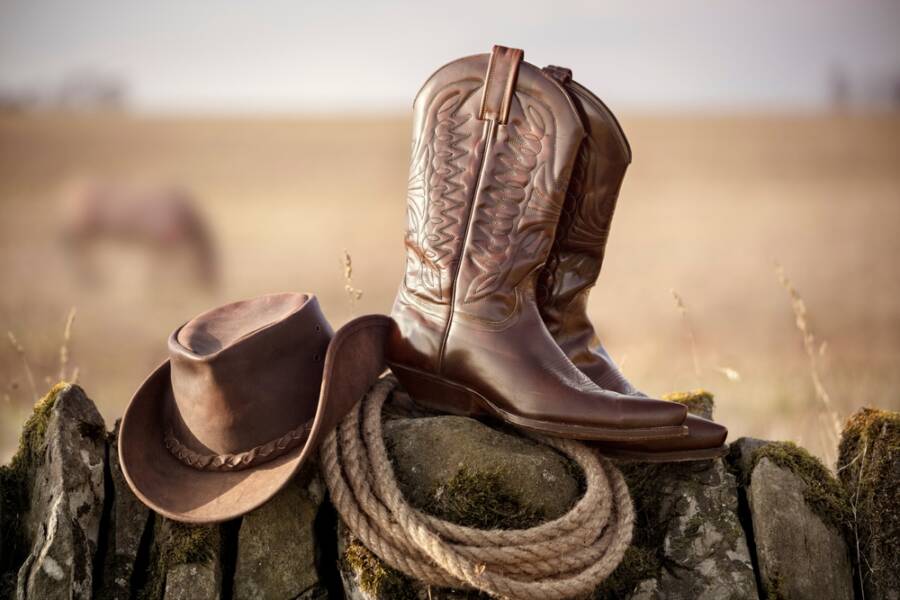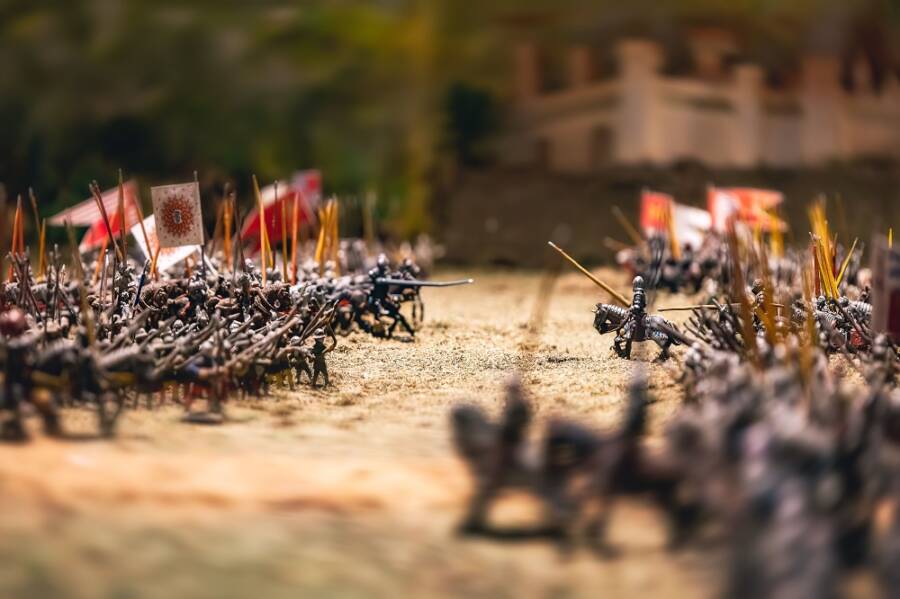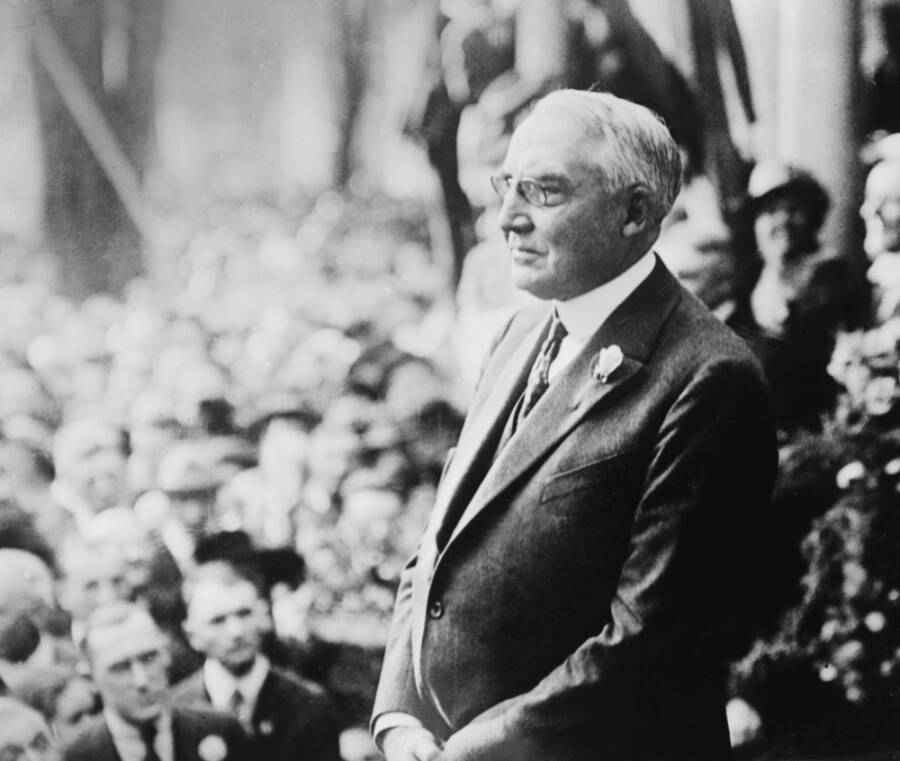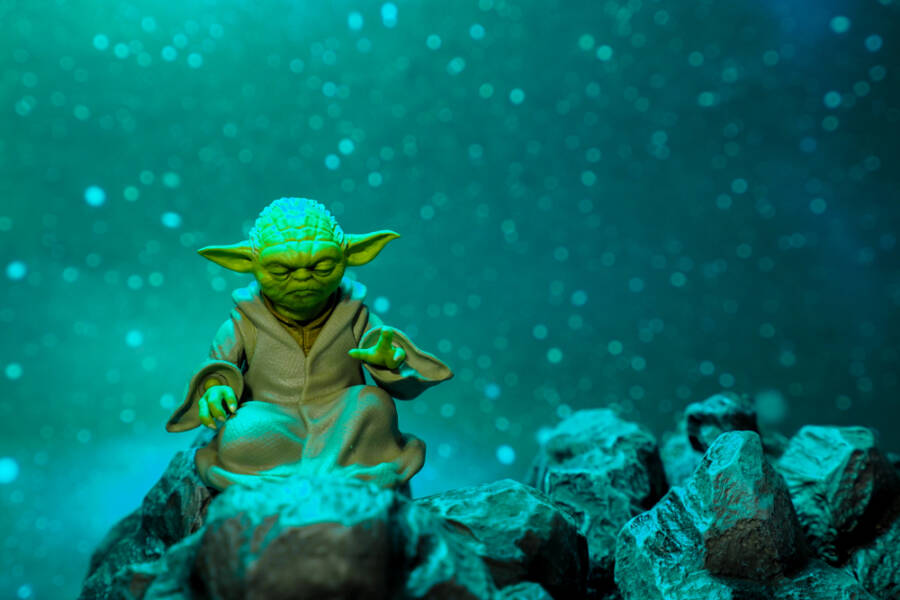What are the biggest lies of American history?
We’ve all been there: sitting in a classroom where all the information was presented as irrefutable facts and we had no choice but to memorize it. Always the same linear narrative, but what if the stories we’ve been told are more myth than truth?
Under the familiar American history we all know about lies a multitude of misconceptions and historical inaccuracies. We know that you know many of them from school, but you might be surprised to learn when we say that some of them might surprise even the most passionate history buffs.
So, it’s time for a challenge! Maybe American history as we know it is more complex, and there are many events out there that shaped our nation, and we are not completely aware of them.
Some of the following facts might be difficult to accept, but even so, are you ready to find out more? The truth is waiting for you, and we believe that every American deserves to know what truly happened.

1. The cowboy hats
The Stetson cowboy hats. We all know them; we all love them. Every representation of a cowboy includes this iconic hat, and because of this, it’s an important part of American history. But is all of this true? Were cowboys inseparable from their hats?
It’s believed that it all started when John Stetson was mesmerized by the Spanish hat designs and decided to create a prototype. During his travels, he crossed paths with a cowboy who was so impressed by the hat that he decided to buy it for the substantial sum of $5.
After this transaction, a trend boomed, and this is how the Stetson hat became a quintessential piece of the Western wardrobe. This is such a nice story, but is this a real part of American history?
Contrary to popular belief, cowboys of the early American West actually favored the Derby hat, also known as the Bowler. Why? This type of hat was more suitable for the ranch lifestyle and also offered better protection from the elements and suffered less damage.
The Stetson hat gained popularity decades after Stetson introduced it, somewhere in the late 19th century. Even if this hat is now the symbol of the cowboy, it is better to know that the real-life cowboys who shaped the West wore a different hat for a much longer time.
2. Slavery happened only in the South
There is an incredibly worn belief that is kind of a staple of American history, and that is about slavery and how it was only present in the South. Unfortunately, this is a big misconception. Yes, slavery was more present in the South because of plantation agriculture, but the practice existed in all thirteen original colonies.
The ugly truth is that slavery was a part of the economic foundation of the early American colonies. From tobacco plantations that were popular in the south to port cities of the north, slaves were the main workforce.
Fun fact: the state of Massachusetts is the first-ever colony to legalize slavery. Many of the northern American colonies used slaves, especially for shipbuilding, shoemaking, and textiles.
It is true that the Northern states ended slavery gradually, and they were the first to do so, but this was a long process. A census from 1830 reported that there were still 75 slaves in the state of New York. This was only one decade before slavery was completely abolished.
This is a part of American history we all should know the truth about, and this is a good first step we can take.
3. The wooden teeth of Gorge Washington
George Washington’s set of wooden dentures is a prime example of a misconception in American history. This is a notion that is so big in popular culture but is incredibly inaccurate.
Yes, it’s true that the former president suffered from dental problems throughout his life, and because of this, he needed to wear dentures. They helped him with the pain. But the thing is that these dentures were not made from wood. Instead, other materials were used, such as animal teeth, ivory, lead, and gold.
Because the dentures that were used during that time were prone to staining and decoloration, they created the impression that they were made from wood. And this is how the myth of wooden dentures was born.
4. Christopher Columbus was the first European in North America
This is a big theme in American history: Christopher Columbus was the first European explorer to find North America, right? But is this true? Well, not at all. This is actually one of the biggest misconceptions in American history, but so many of us were fooled by it.
This is a narrative that has been perpetuated for centuries, and it became something even bigger in 1937 when the Columbus national holiday was founded.
First of all, we can’t erase the fact that America was inhabited by the natives long before anyone got there. But besides this fact, there is solid archeologic evidence that Norse explorer Leif Erikson reached North America around the year 1000, nearly five centuries before Columbus set sail.
Also, the truth is that Columbus never made it to North America. He actually landed in the Caribbean Islands and the coasts of Central and South America while he was conducting voyages to find an alternative route to reach the East.

5. The purchase of the Island of Manhattan
There is a rather popular story in American history that says that the Dutch purchased Manhattan Island for a mere “string of beads.” But as you’ve expected, this is not entirely the truth, and there is a pretty complex historical event behind all of this.
The Dutch did indeed acquire Manhattan Island from Native Americans, but the terms of this transaction are more than just what we see portrayed. It is true that they traded items such as beads, kettles, knives, and cloth, but the transaction was more substantial, and it’s hard to quantify it in modern terms.
Also, the identity of the tribe that was involved in the transaction is still a subject of debate, and there is a high chance that the Dutch might have negotiated with the wrong tribe, which led to even more disputes.
It’s hard to reconstruct historical events based on limited and often conflicting historical records, and this is why we should never reduce these events to simple narratives.
6. Betsy Ross designed the American flag
The story that Betsy Ross designed and sewed the first American flag is one of the biggest myths of American history. The story says that Betsy Ross, a renowned seamstress from Philadelphia, was chosen by the Continental Congress to make a new flag. Then she worked alone, taking inspiration from a sketch provided by the committee, and this is how the new flag was born.
The myth was born mainly because of the accounts given by Betsy Ross’s descendants and relatives, who passed down this story for generations. However, there is a lack of contemporary evidence that can prove this story.
Also, recent research suggests that the creation of the American flag was a shared effort, and multiple individuals, including members of the Continental Congress and various artisans, worked in order to create the final design.
If you want to learn more about American history, this book might be helpful: A Patriot’s History of the United States: From Columbus’s Great Discovery to America’s Age of Entitlement, Revised Edition
You should also read: 10 Dark Historical Events That Will Make Your Heart Skip a Beat





